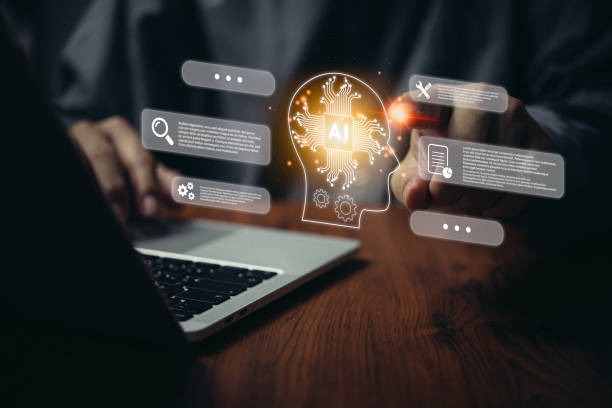In an era where technology continuously reshapes the boundaries of human creativity, artificial intelligence has emerged as a formidable tool in redefining artistic expression. Among the most intriguing advancements is image generation AI, which has positioned itself at the forefront of this revolution. These artificial visionaries are not just tools but collaborators in the creative process, offering new dimensions and possibilities for artists, designers, and creators across various fields.
Image generation AI refers to algorithms and models capable of creating visual content from scratch or transforming existing images into something entirely new. Powered by deep learning techniques and vast datasets, these systems can generate images that range from hyper-realistic portraits to abstract art pieces that challenge our perceptions of reality. One notable example is OpenAI’s DALL-E, a model designed to generate detailed images from textual descriptions. This capability allows users to explore concepts that might have been difficult or impossible to visualize using traditional methods.
The impact of Image generation AI on creativity is profound. It democratizes art creation by lowering barriers for those who may lack formal training or technical skills traditionally required in visual arts. Anyone with access to these tools can experiment with styles, forms, and ideas without needing extensive resources or expertise. This accessibility fosters a more inclusive creative community where diverse voices can contribute unique perspectives.
Moreover, image generation AI serves as a catalyst for innovation within established artistic practices. Artists are no longer confined to their imagination’s limits; they can engage in dialogue with machines that offer unexpected interpretations and solutions. This collaborative dynamic encourages experimentation and pushes artists out of their comfort zones into uncharted territories.
However, this technological advancement also raises important questions about authenticity and authorship in art. If an algorithm generates an artwork based on parameters set by a human user but introduces elements beyond their control or foresight—who truly owns the final piece? This debate challenges traditional notions surrounding intellectual property rights while prompting society at large to reconsider what constitutes originality within digital landscapes.
Despite these philosophical quandaries surrounding ownership issues inherent when humans collaborate alongside intelligent systems like never before seen throughout history until now—it remains clear: Image-generation AIs hold immense potential unlocking unprecedented levels previously unattainable via conventional means alone —ultimately expanding horizons both creatively intellectually alike!



